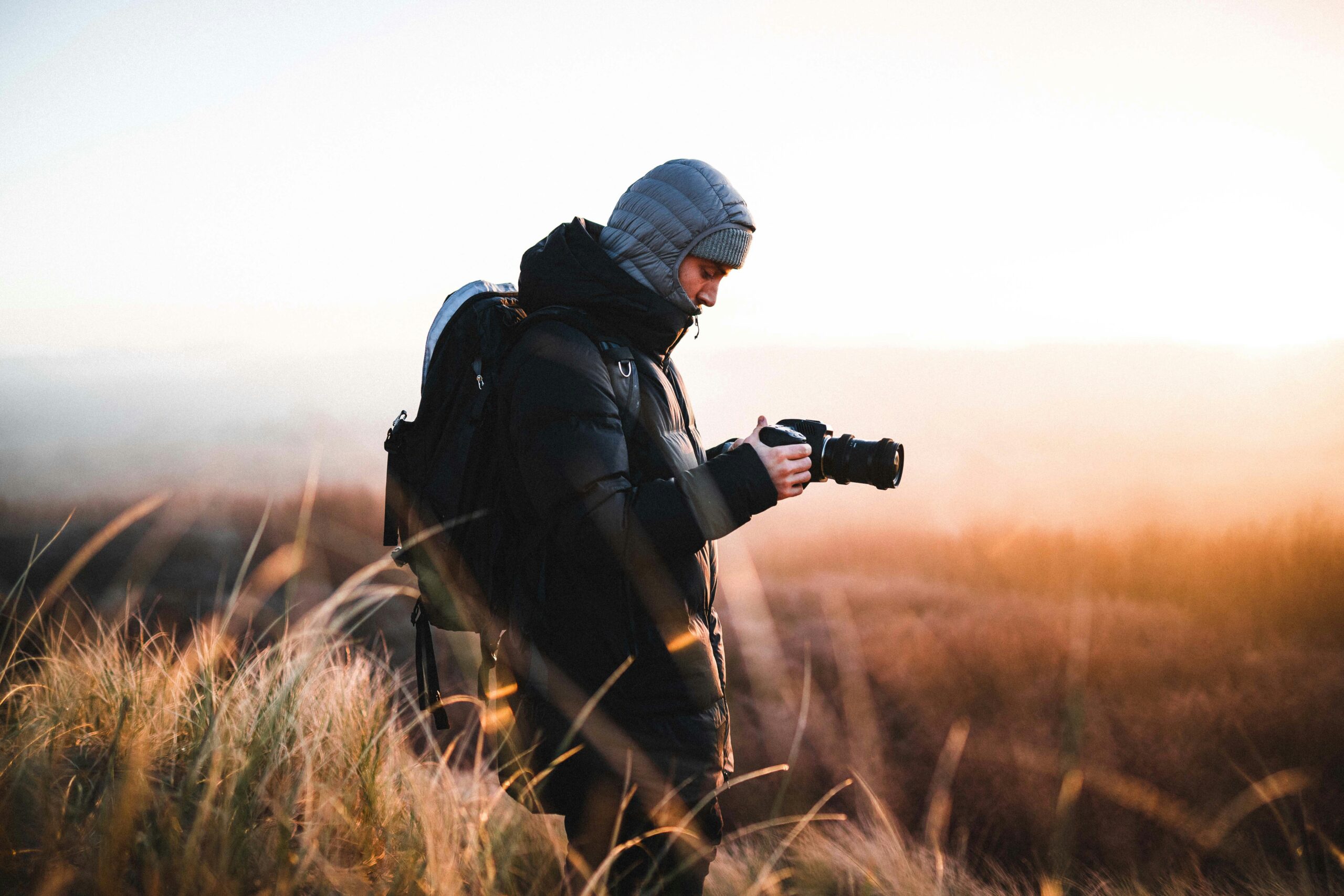
Photography allows people to freeze time, preserve memories, and communicate emotions without words. Whether capturing a joyful family moment, a breathtaking sunset, or candid street life, capturing moments transforms ordinary experiences into lasting memories. Today, photography is accessible to anyone with a camera, smartphone, or drone, and mastering it opens doors to creativity, storytelling, and personal growth. By understanding light, composition, and timing, photographers can create images that resonate emotionally and visually.
For beginners, photography can feel overwhelming. Cameras, lenses, lighting techniques, and editing software create a steep learning curve. However, by focusing on fundamental principles, anyone can improve quickly. Transitioning from auto mode to manual settings empowers photographers to precisely control exposure, depth of field, and focus. Practicing consistently and studying great photographs enhances technical skill and artistic vision, allowing photographers to capture moments with intention.
Understanding Photography as an Artistic Expression
Photography is both a science and an art. Technically, it requires knowledge of camera mechanics, lighting, and post-processing. Artistically, it demands observation, creativity, and storytelling. A simple scene—a person walking down a city street—can evoke profound emotion when framed thoughtfully. Recognizing shapes, textures, and colors helps photographers communicate moods and narratives effectively.
Furthermore, photography encourages mindfulness. Observing subtle details like shadows, reflections, or movement improves perception and deepens creative insight. Photographers explore diverse artistic approaches by experimenting with various styles—portrait, landscape, and documentary. Each photograph becomes a unique expression of perspective, emotion, and skill. Transition words like “furthermore” and “moreover” guide readers through these ideas, enhancing clarity and flow.
Essential Techniques for Capturing Moments
Mastering technical skills is essential to excelling in photography. Understanding shutter speed, aperture, and ISO allows photographers to control exposure and achieve the desired effect. For instance, fast shutter speeds freeze motion, which is ideal for sports or wildlife photography, while slow shutter speeds create artistic blur for dynamic landscapes. Adjusting the aperture affects the depth of the field, helping to isolate subjects or include environmental context. Meanwhile, ISO controls sensitivity to light, balancing clarity and noise.
Lighting is another crucial factor. Natural light produces warm, authentic tones, while artificial light controls mood and highlights. Photographers can use reflectors, diffusers, or even household objects to shape light creatively. Experimenting with angles, perspectives, and framing enhances composition, striking ordinary scenes visually. Combining these techniques allows photographers to capture moments with precision, emotion, and narrative depth.
Composition Strategies for Stunning Photos
Composition transforms a technically correct image into a captivating one. Techniques like the rule of thirds, leading lines, and framing guide the viewer’s eye and emphasize the subject. For example, placing a person at a third of the frame creates balance and focus, while leading lines—such as roads or rivers—draw attention naturally. Background elements also matter; clutter can distract, while simplicity emphasizes the main subject.
Additionally, symmetry and patterns make images aesthetically pleasing. Observing repetition in architecture, nature, or everyday life helps photographers create striking visuals. Transition words “additionally” and “consequently” enhance readability, guiding readers through tips smoothly. By mastering composition, photographers ensure that every captured moment tells a compelling story without explanation.
Tips for Capturing Authentic Moments
Capturing authentic moments requires preparation, patience, and observation. In candid photography, staying unobtrusive allows genuine expressions and interactions to emerge. Conversely, posed photography benefits from subtle guidance while maintaining a natural appearance. Anticipating the decisive moment and being ready to shoot ensures photographers never miss fleeting opportunities.
Moreover, post-processing enhances images without sacrificing authenticity. Tools like Lightroom or Photoshop allow photographers to adjust exposure, color balance, and sharpness. Subtle editing emphasizes emotion and detail, while over-processing can diminish realism. By combining technical skill with artistic vision, photographers capture genuine, memorable, and emotionally engaging moments.
Photography as a Personal and Professional Journey
Photography changes the way people perceive the world. It creates a visual diary, preserving memories, milestones, and emotions for years. Photographers can revisit past experiences, reliving moments and appreciating their significance. Professionally, photography tells stories, promotes brands, and communicates messages visually. A strong portfolio demonstrates creativity and technical mastery, opening media, advertising, and content creation opportunities.
Furthermore, photography fosters community and collaboration. Joining workshops, participating in exhibitions, and sharing work online allow photographers to receive feedback, gain inspiration, and build networks. Teaching photography strengthens understanding and encourages others to explore creativity. Photography is a lifelong journey, combining skill development, personal expression, and meaningful connection with audiences worldwide.
Technology’s Role in Modern Photography
Advances in digital technology have revolutionized photography. High-resolution cameras, AI-assisted features, and smartphone innovations allow amateurs and professionals to capture extraordinary moments. Features like portrait mode, low-light enhancement, and real-time editing offer creative freedom previously limited to professionals.
Social media platforms amplify the impact of photography. Sharing images online connects photographers to audiences worldwide and encourages storytelling through visuals. While technology simplifies many aspects, mastering traditional skills remains essential. Combining innovation with foundational techniques ensures every captured moment is intentional, expressive, and technically sound.
Developing Your Photography Style
Finding a personal style distinguishes one photographer from another. Some focus on vibrant colors and dynamic movement, while others prioritize minimalism and subtle emotion. Experimenting with different subjects, techniques, and post-processing methods helps refine artistic identity. Transition words like “therefore” and “meanwhile” guide readers through ideas, improving readability and engagement.
Consistency in style builds recognition and strengthens storytelling. Whether focusing on travel, portrait, landscape, or street photography, a distinct approach ensures images resonate with viewers. Style evolves naturally through practice, reflection, and study of other photographers’ work, ultimately enriching technical skill and creative expression.
Photography is a powerful tool for preserving memories, expressing creativity, and sharing stories. By mastering techniques, composition, and lighting, photographers can transform ordinary moments into extraordinary experiences. Embracing technology, exploring personal style, and committing to lifelong practice allow photographers to capture moments that resonate emotionally and visually. Every image becomes a testament to observation, patience, and artistry, proving that life is meant to be experienced, remembered, and cherished.